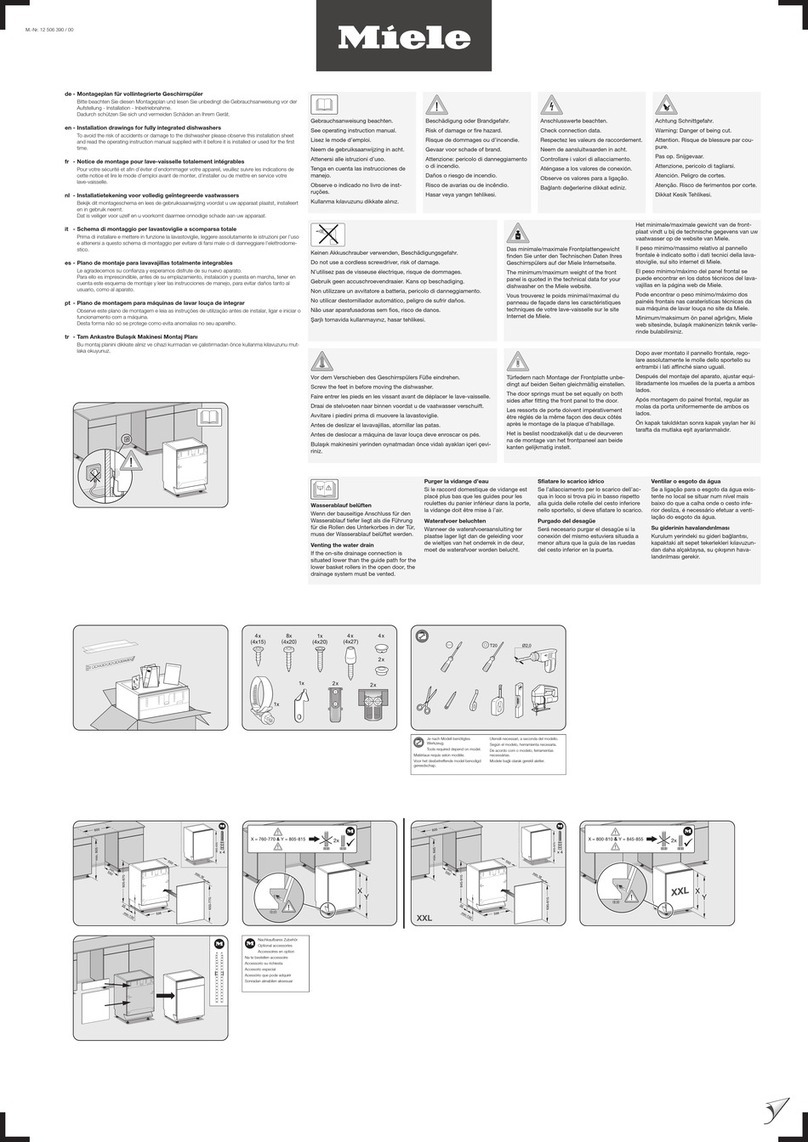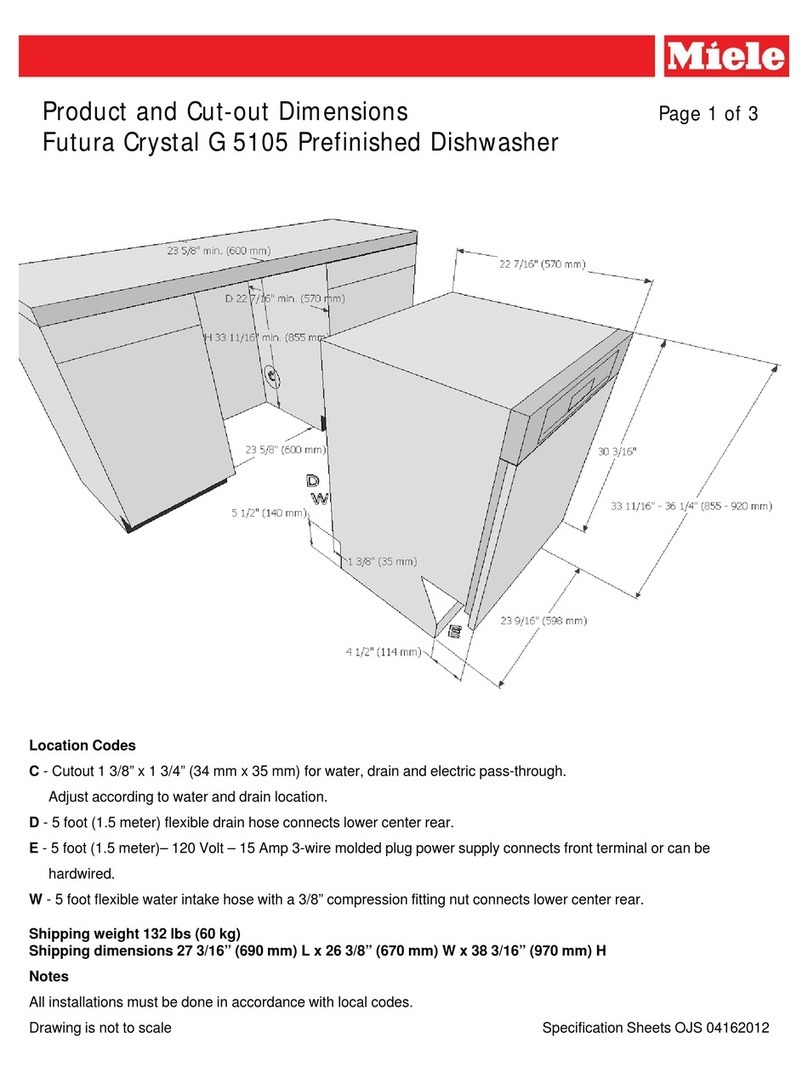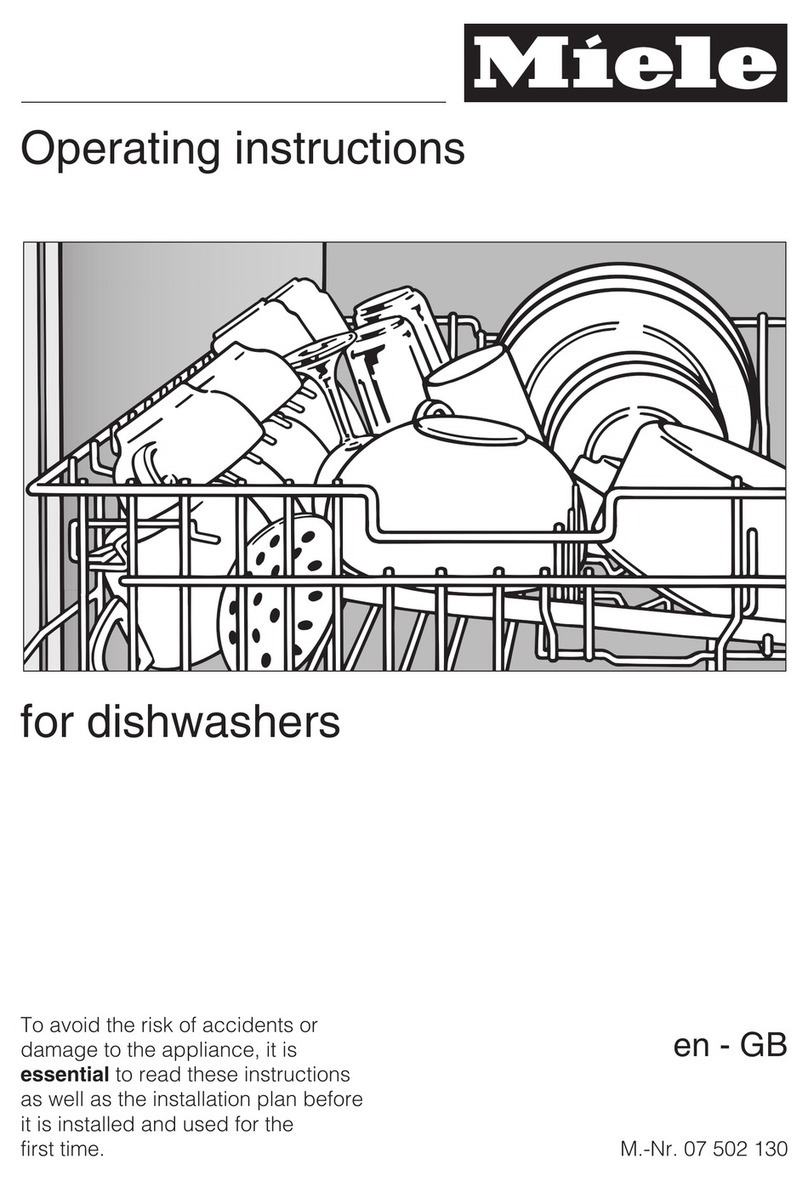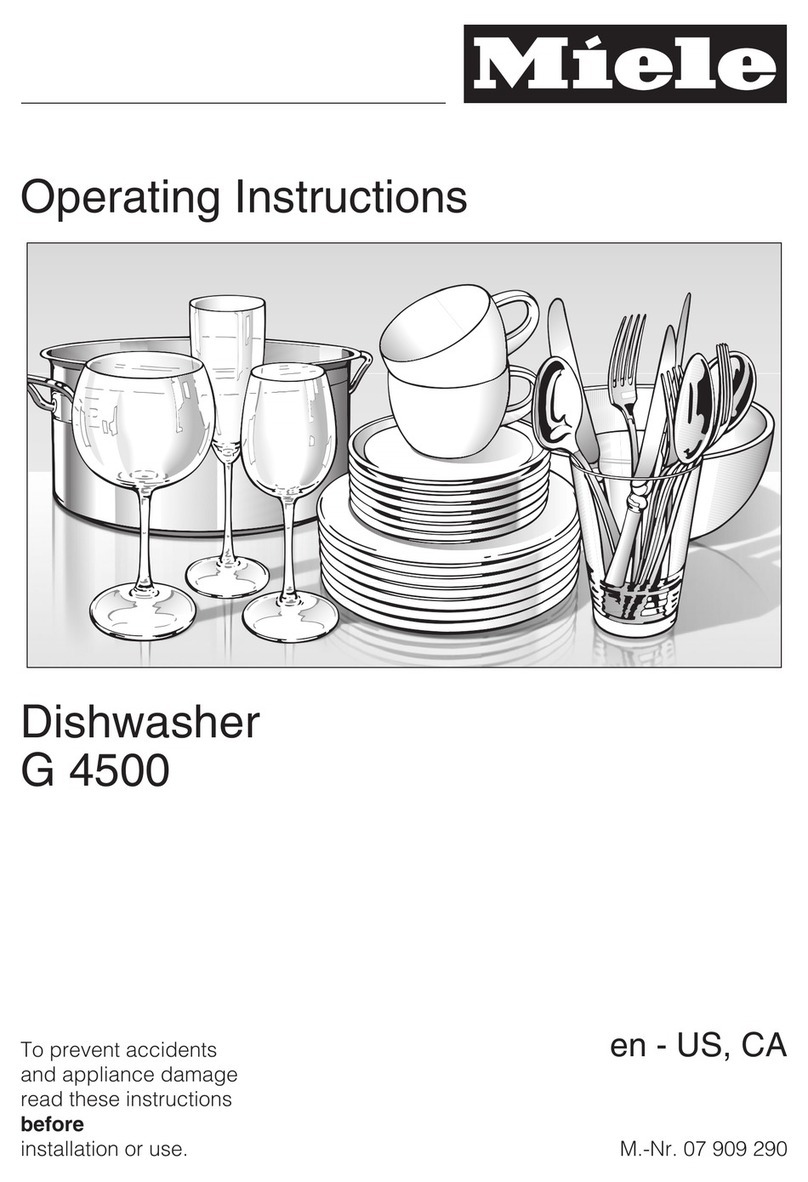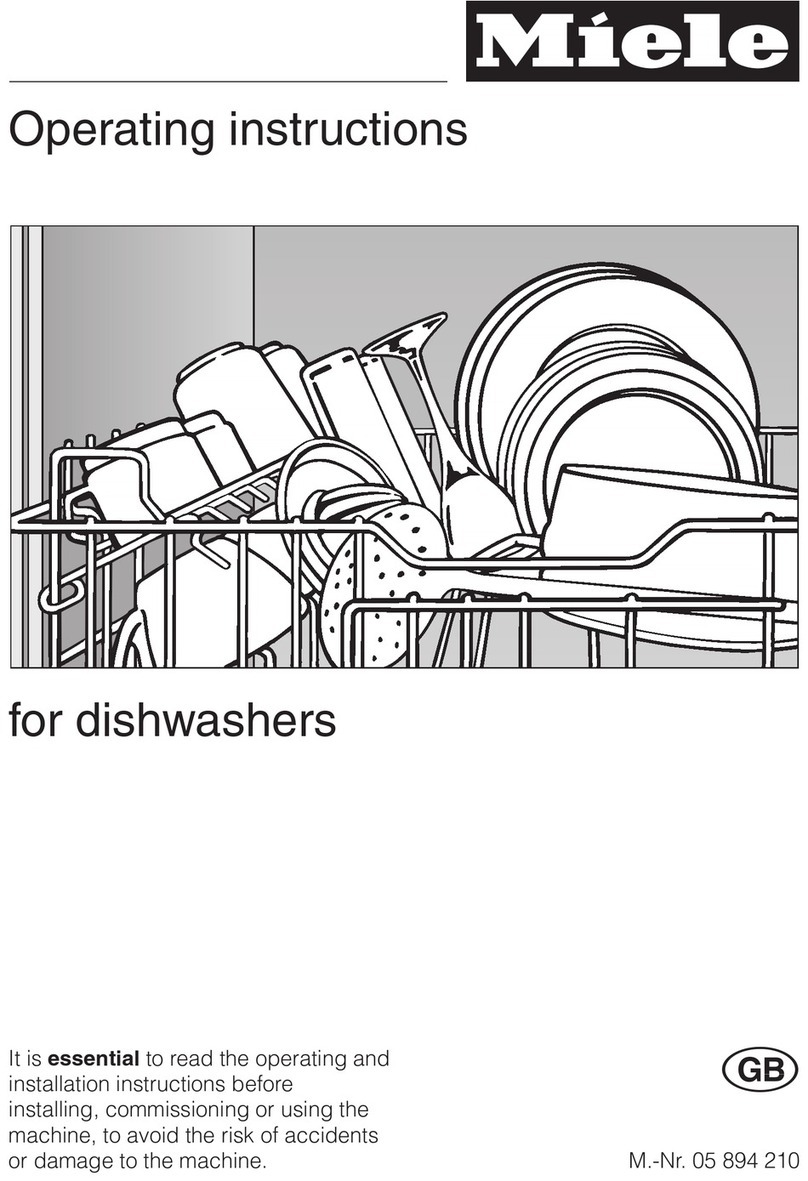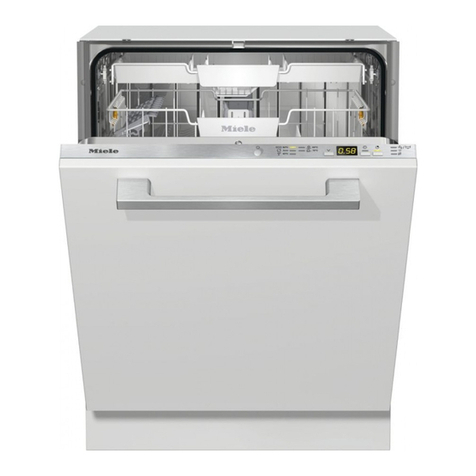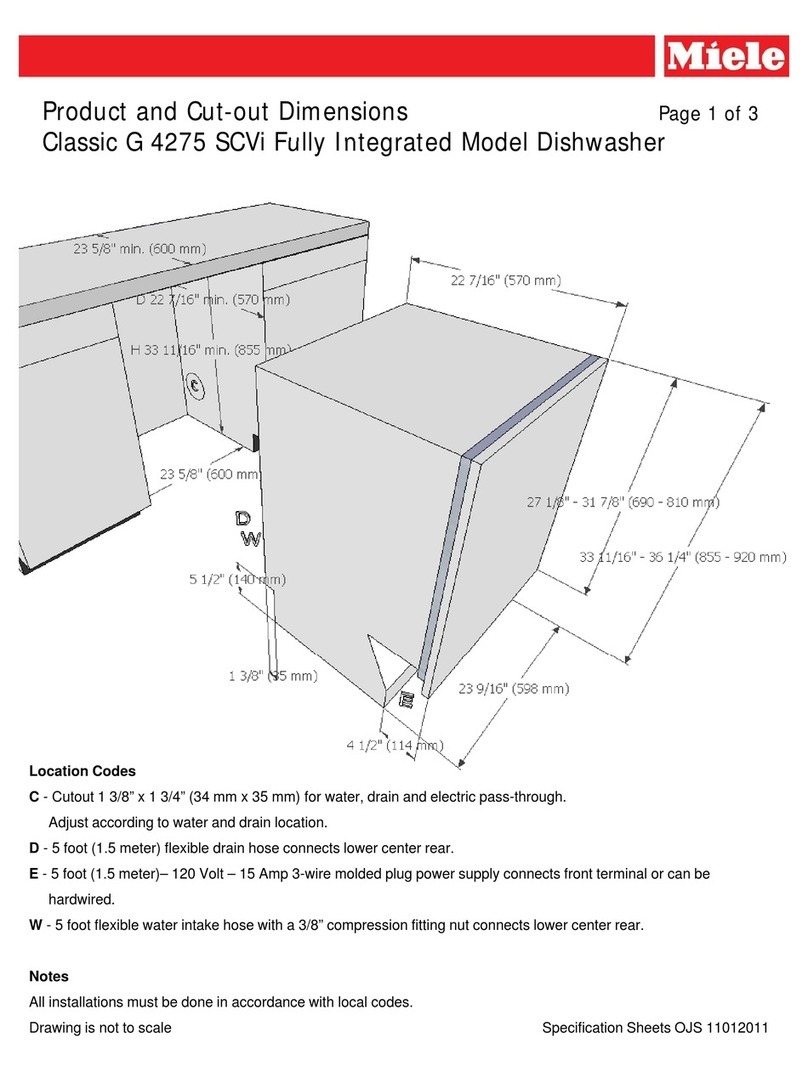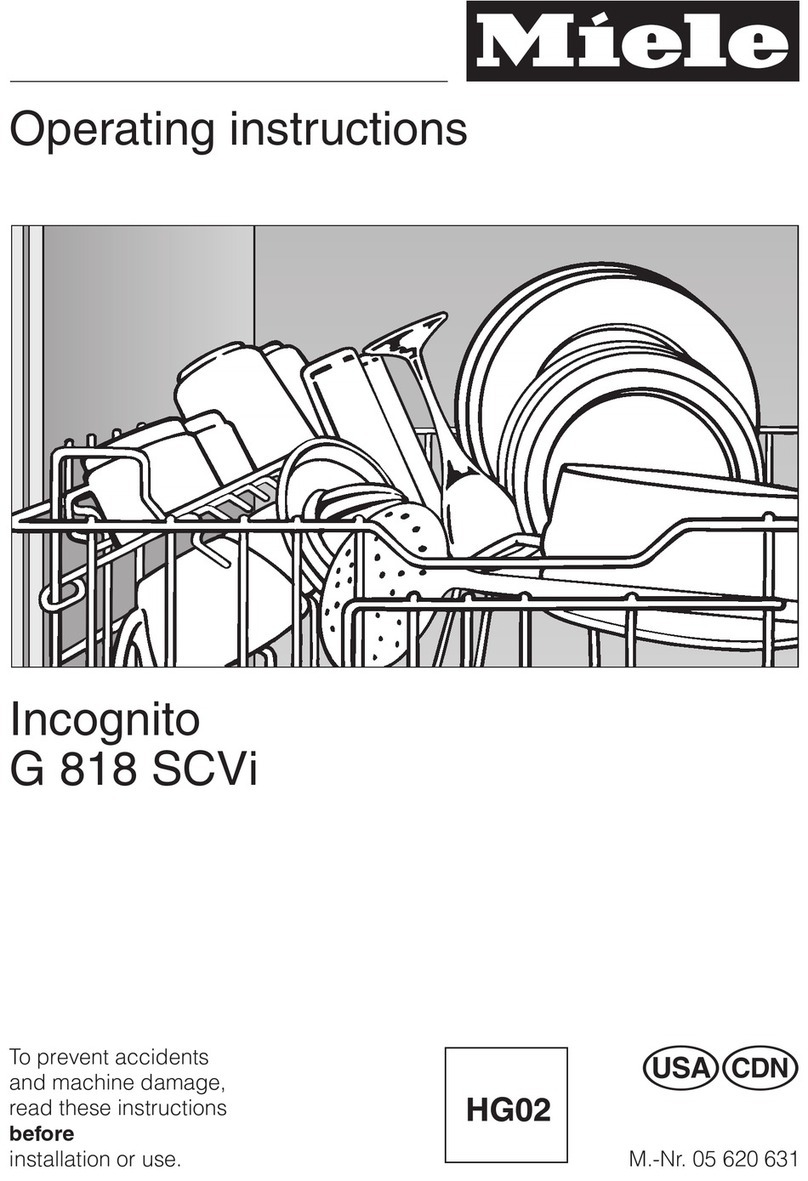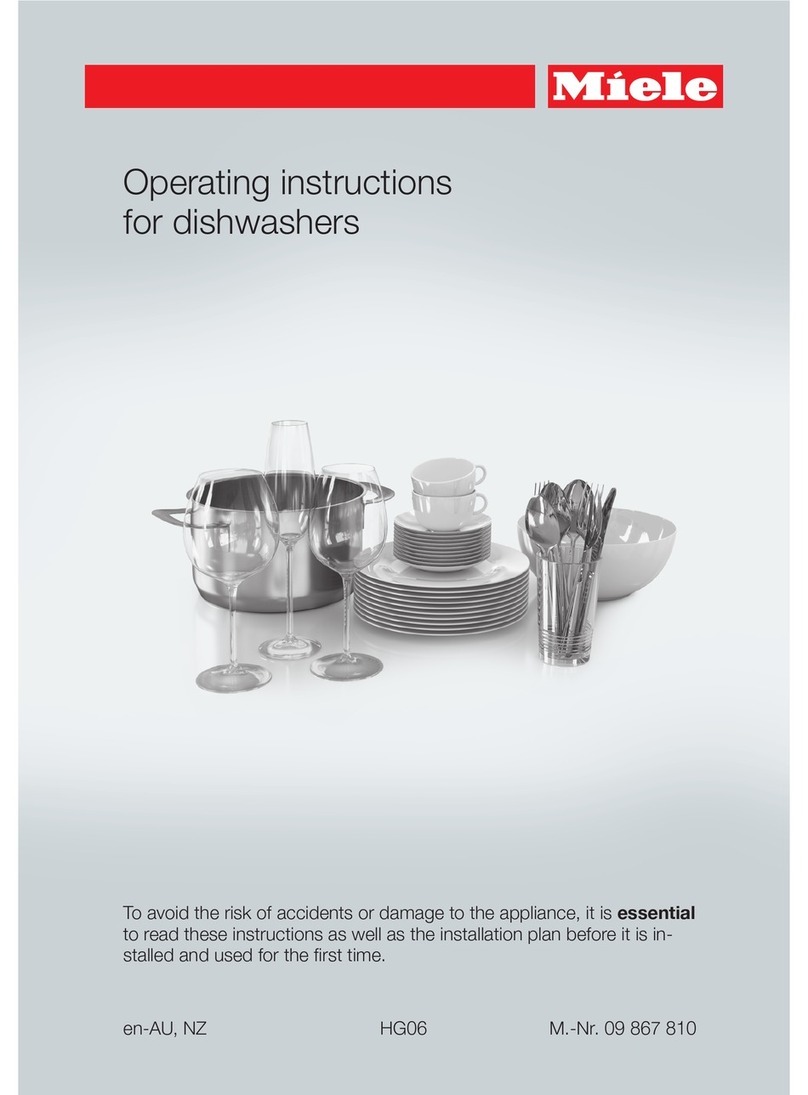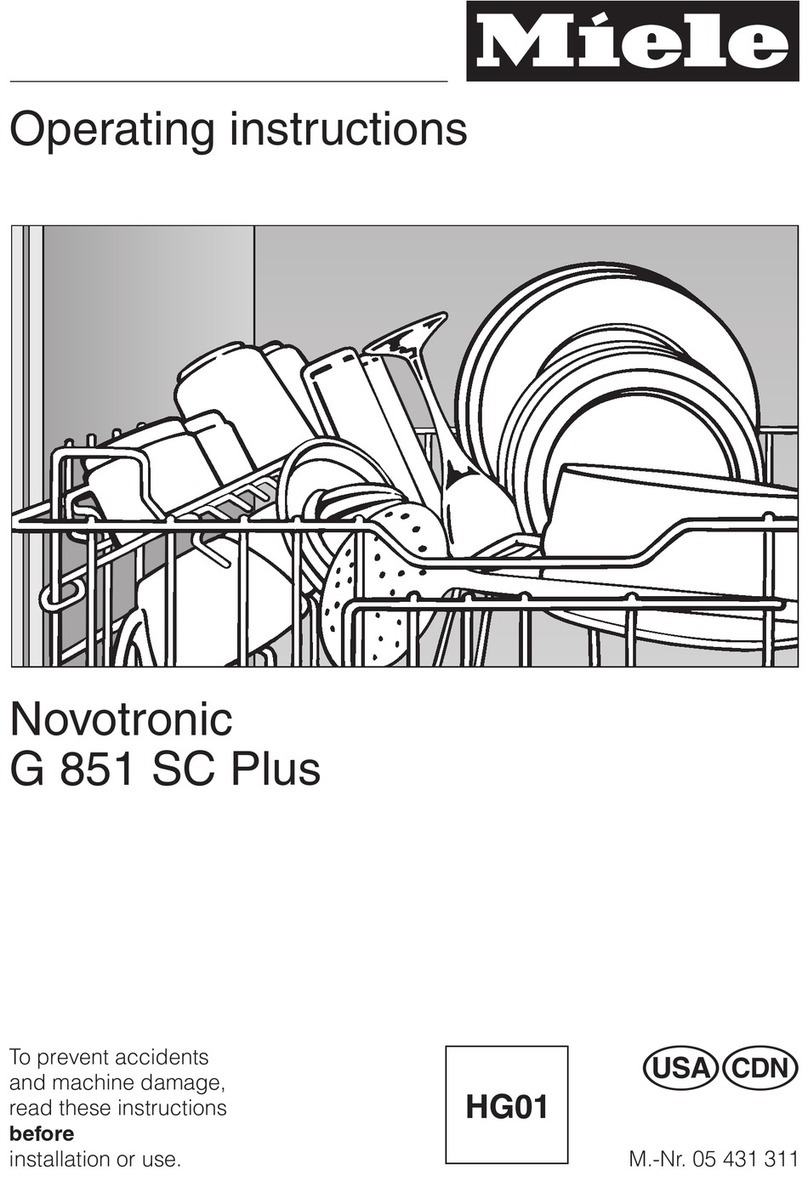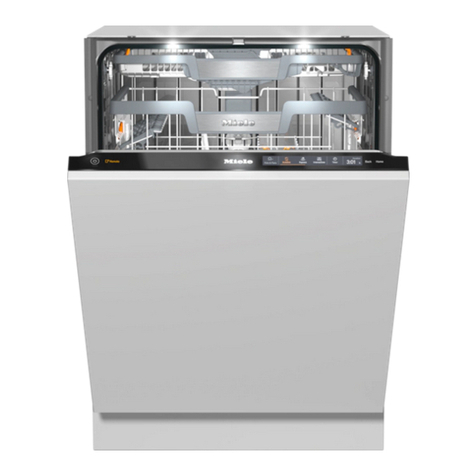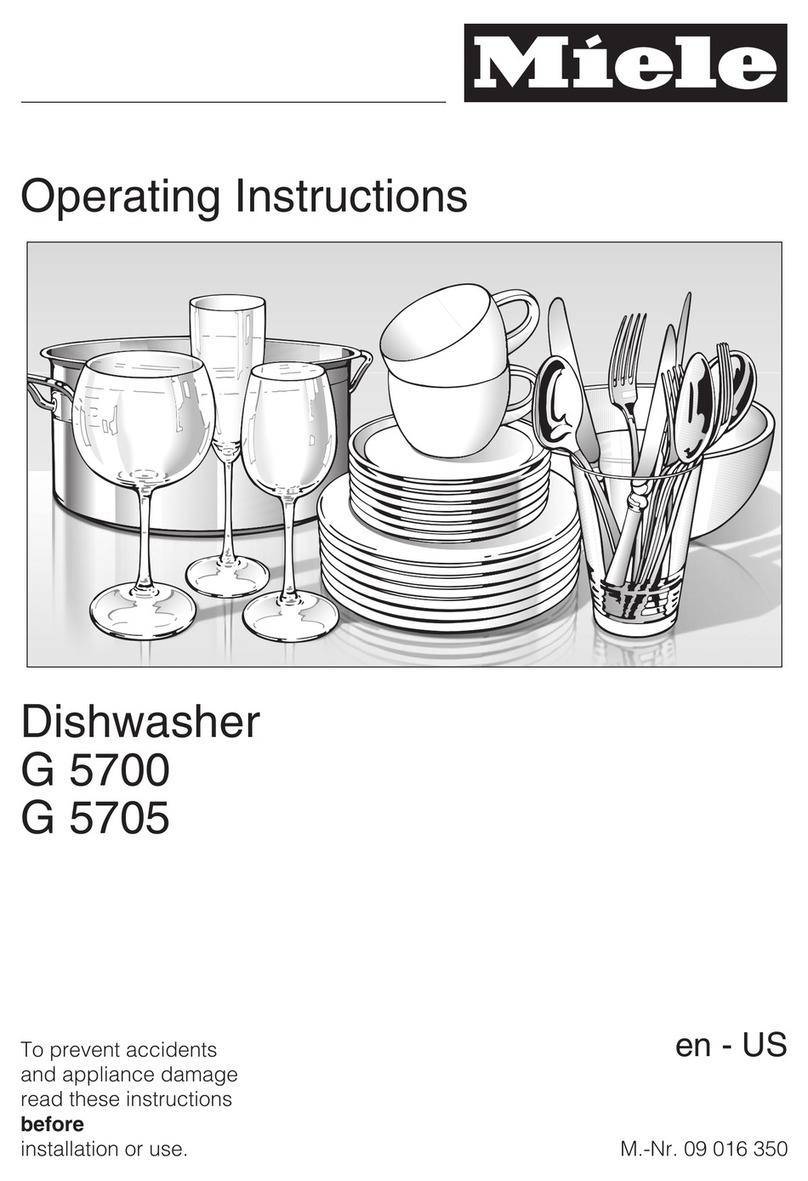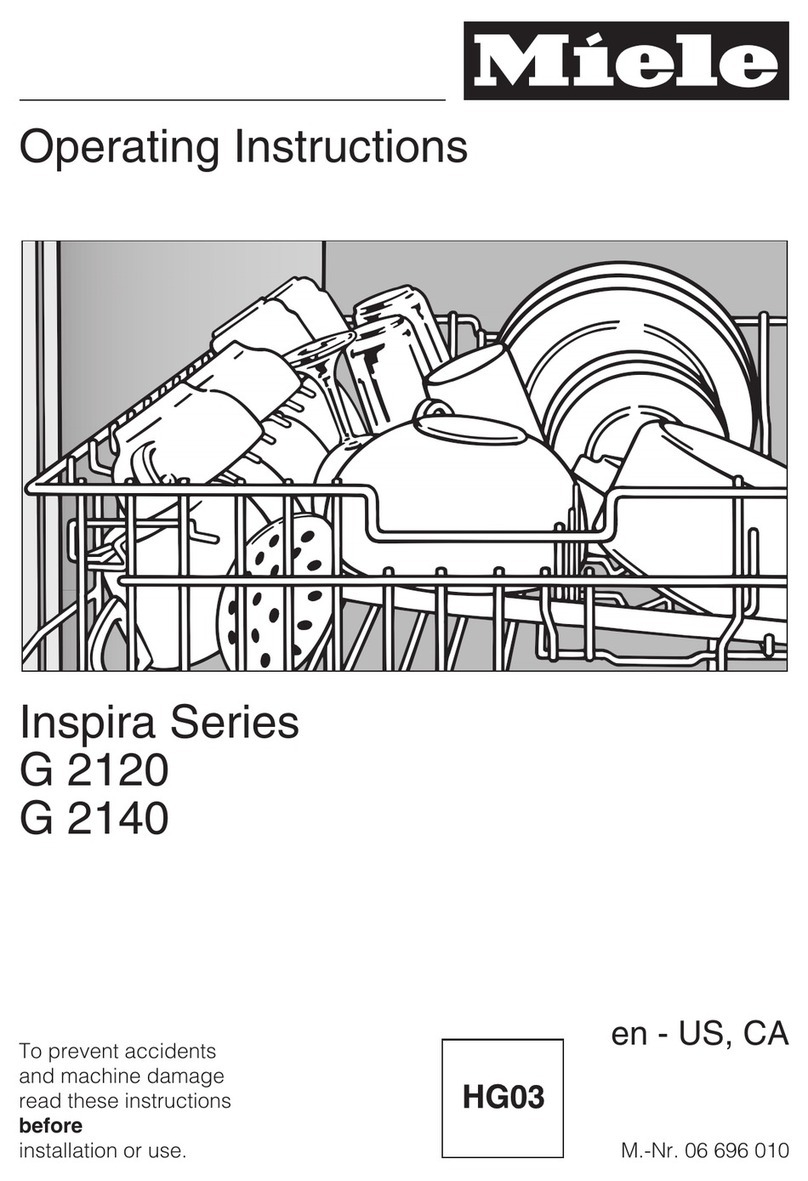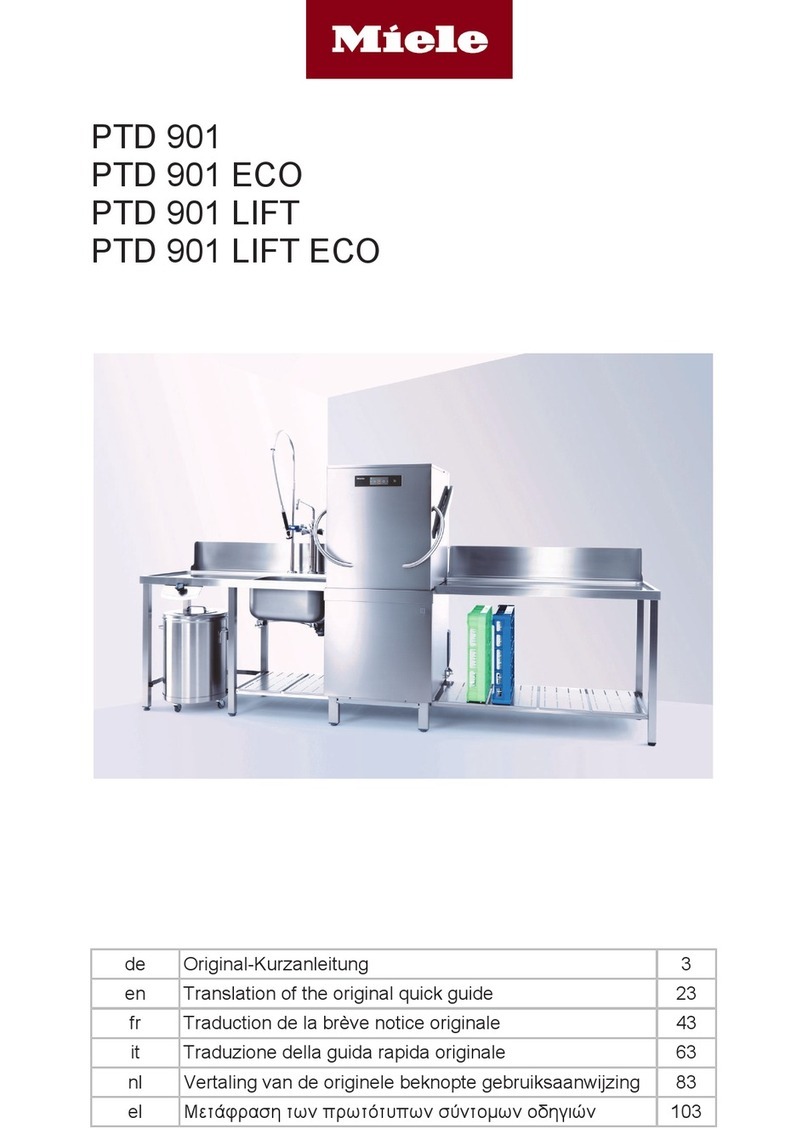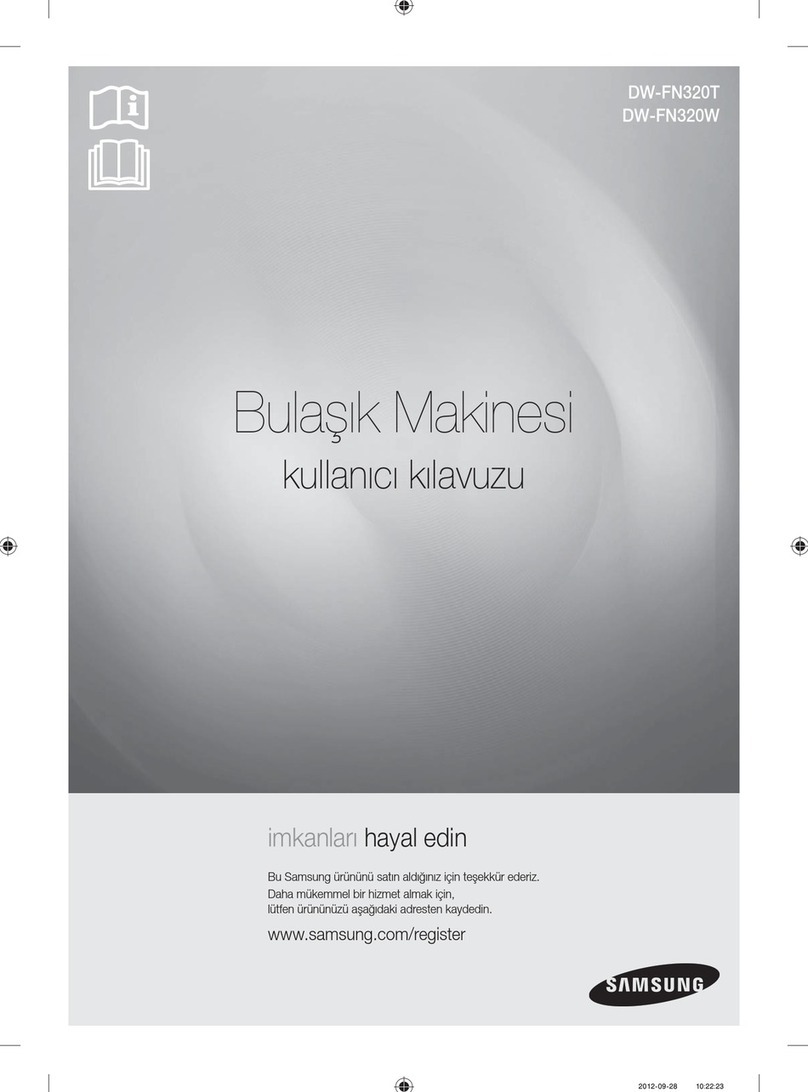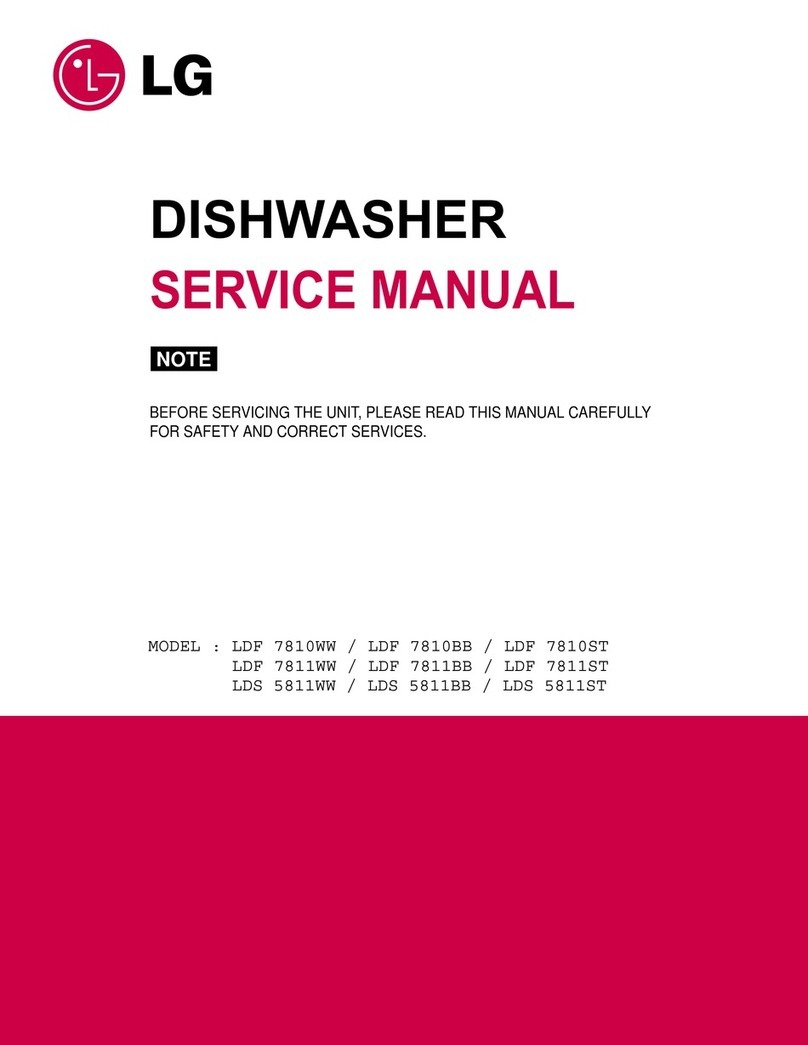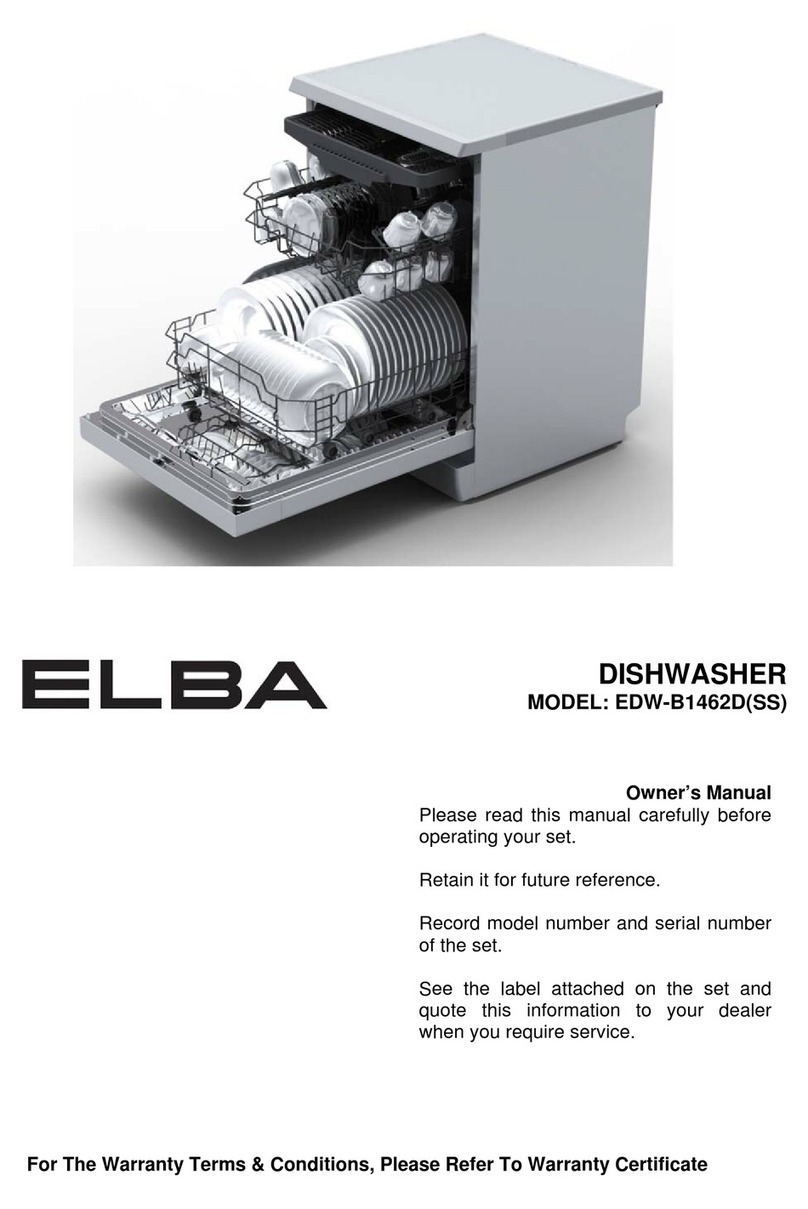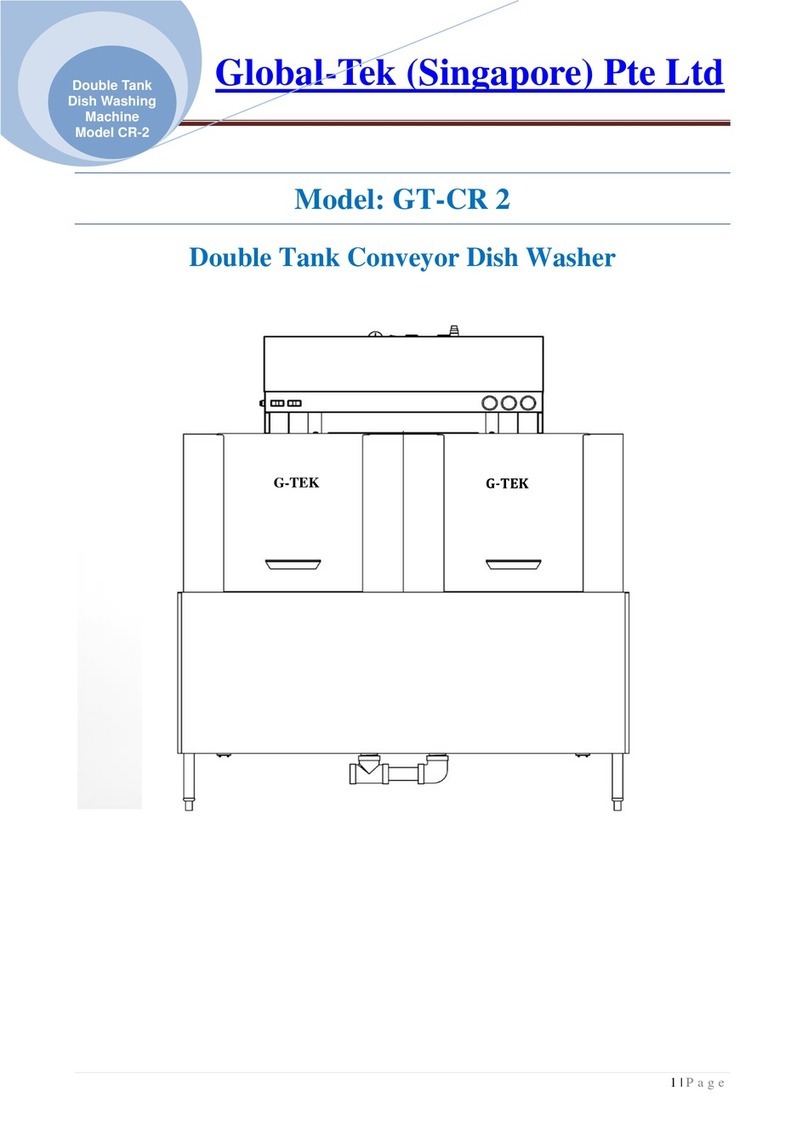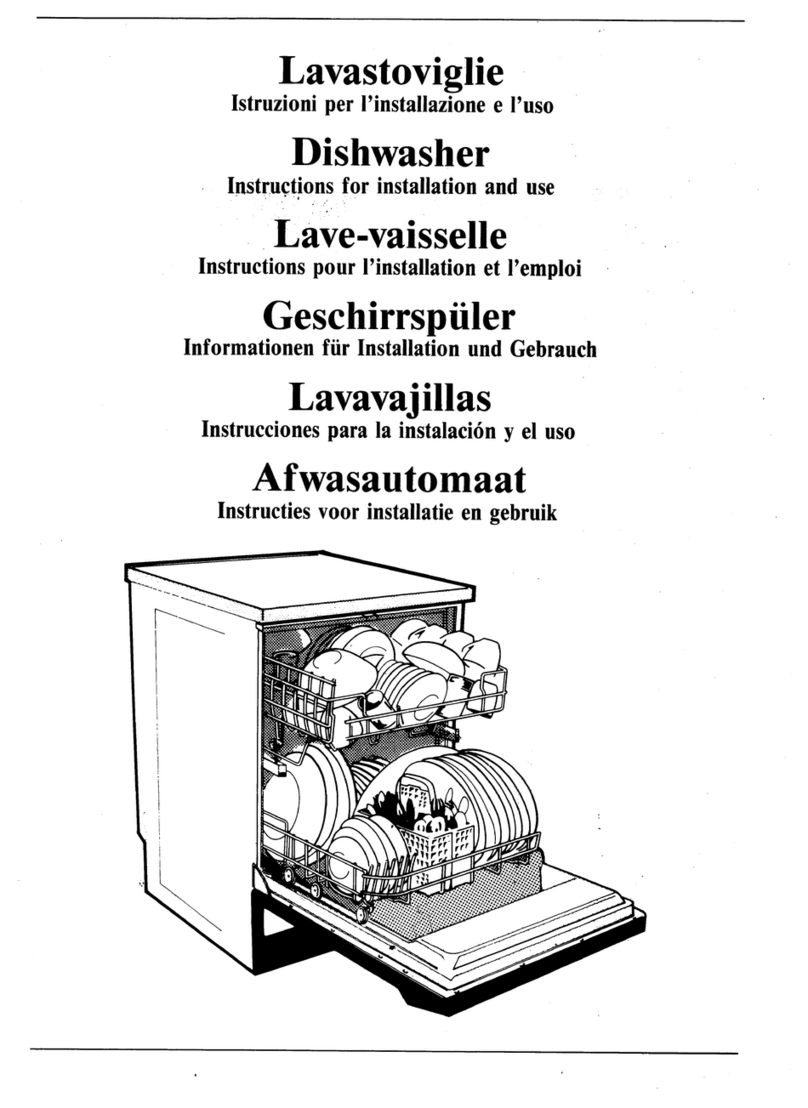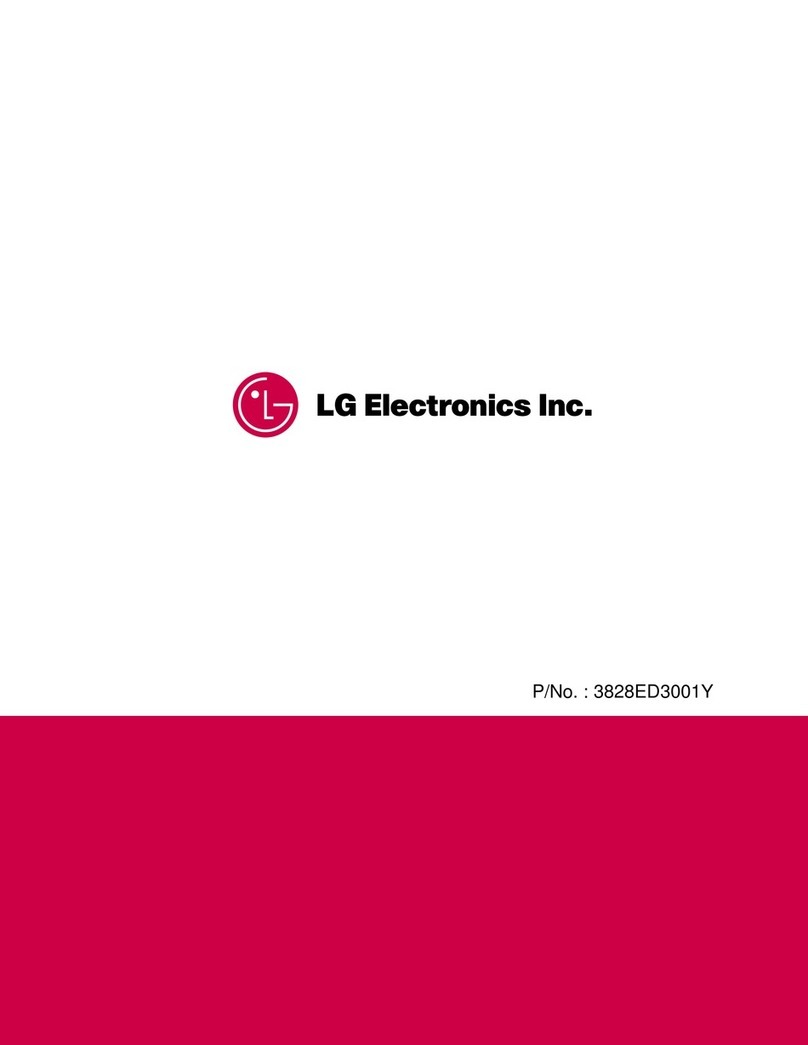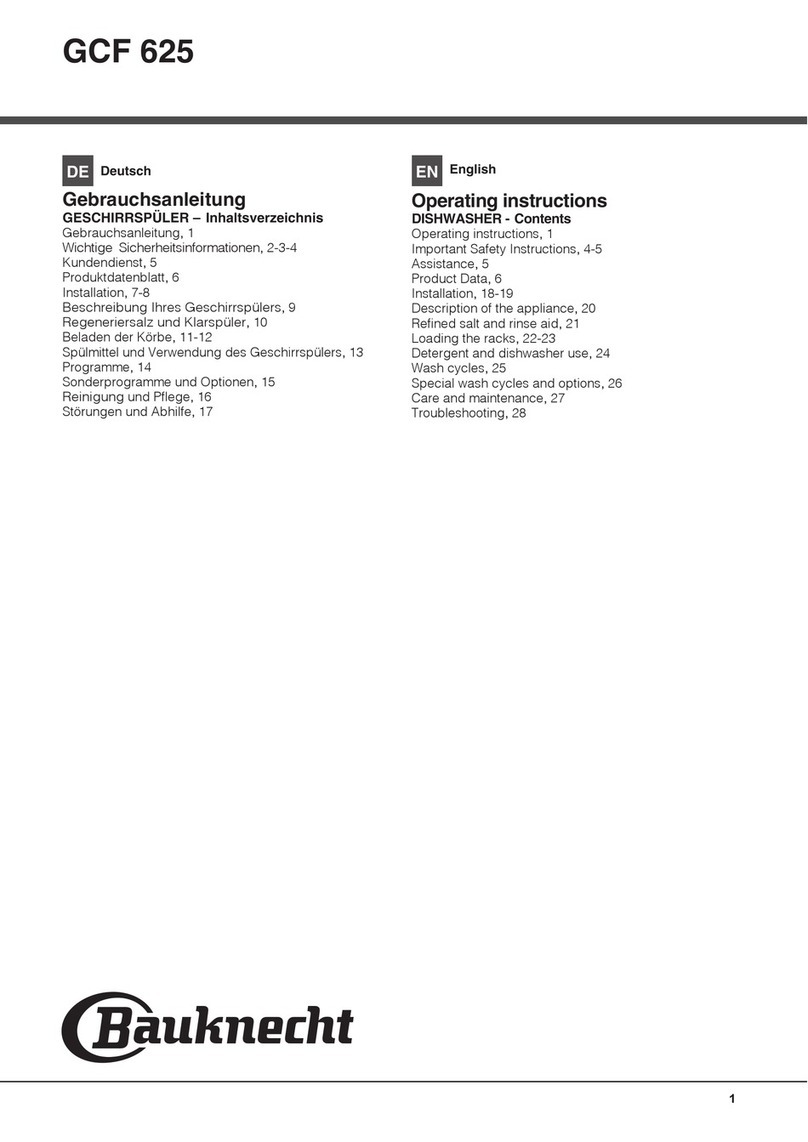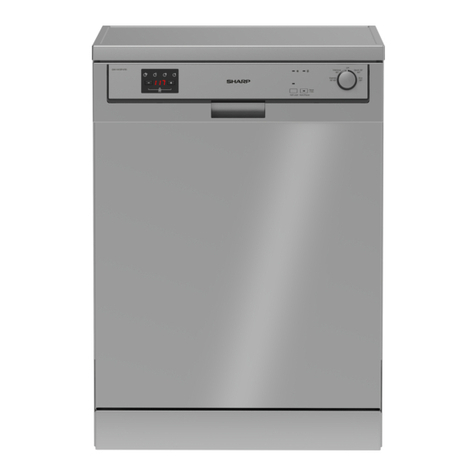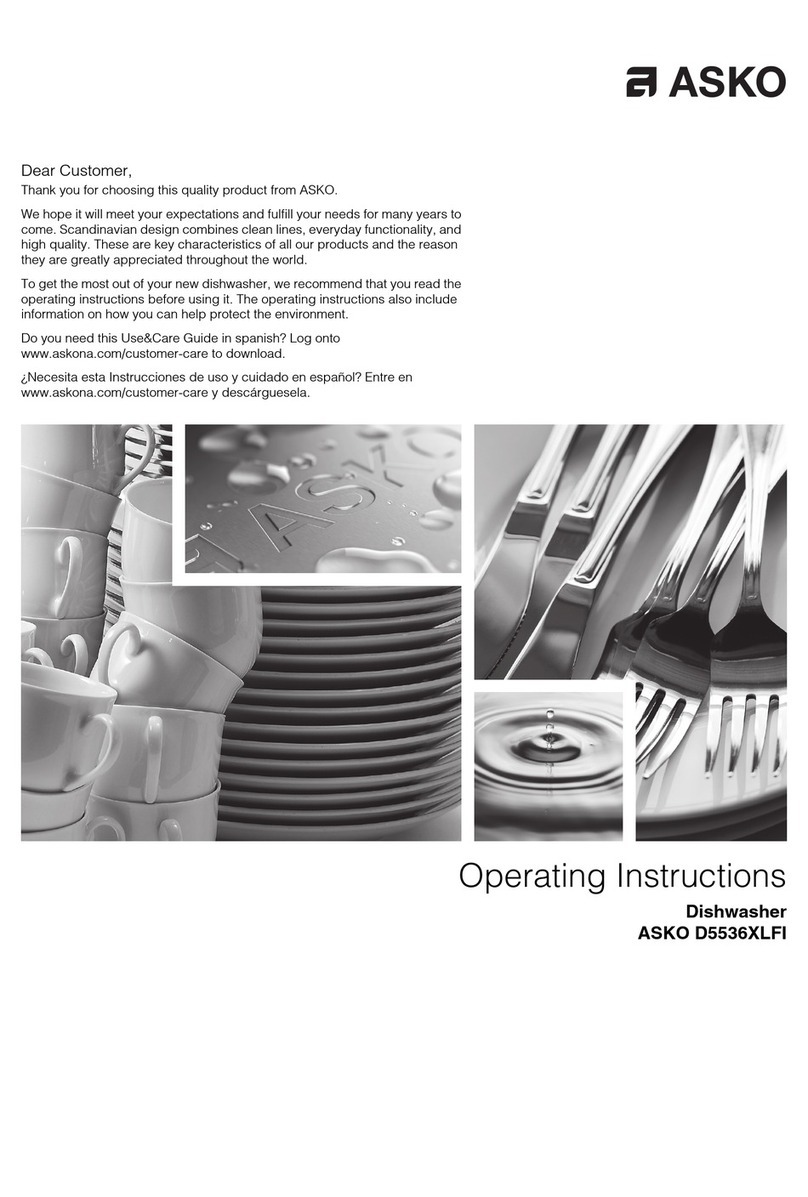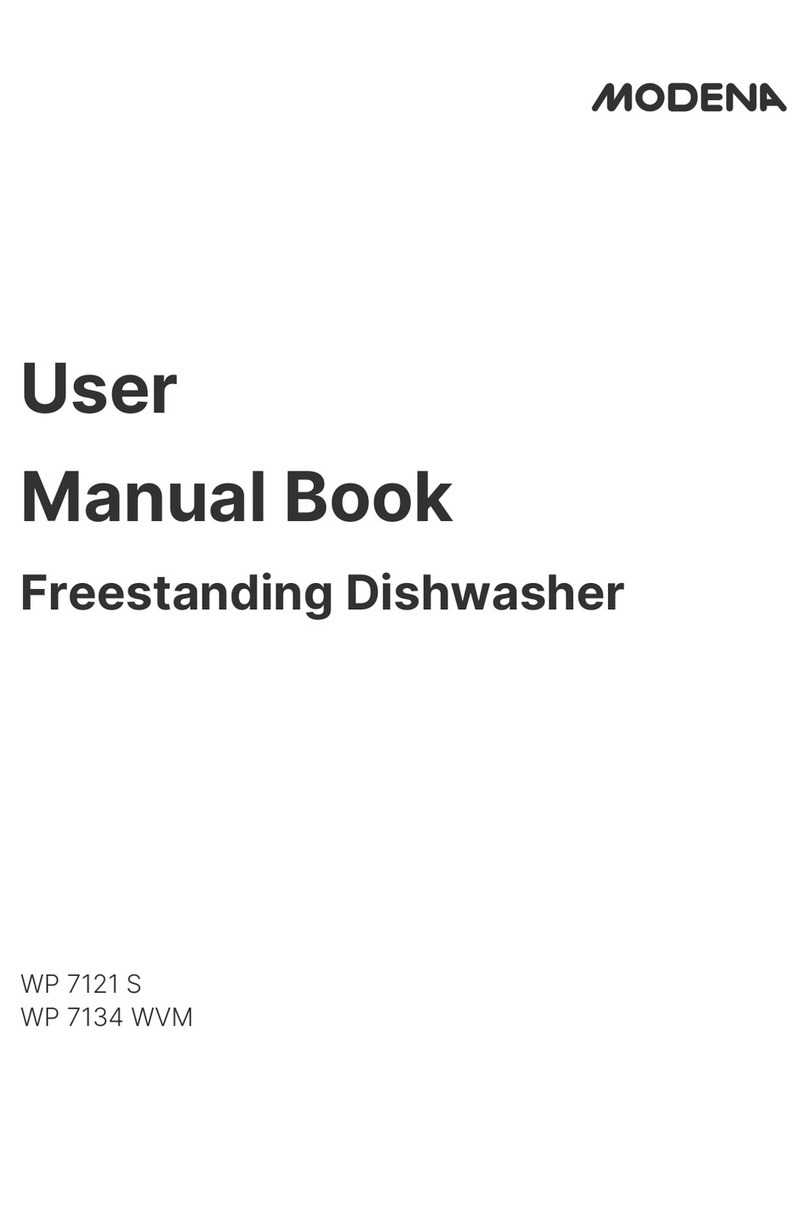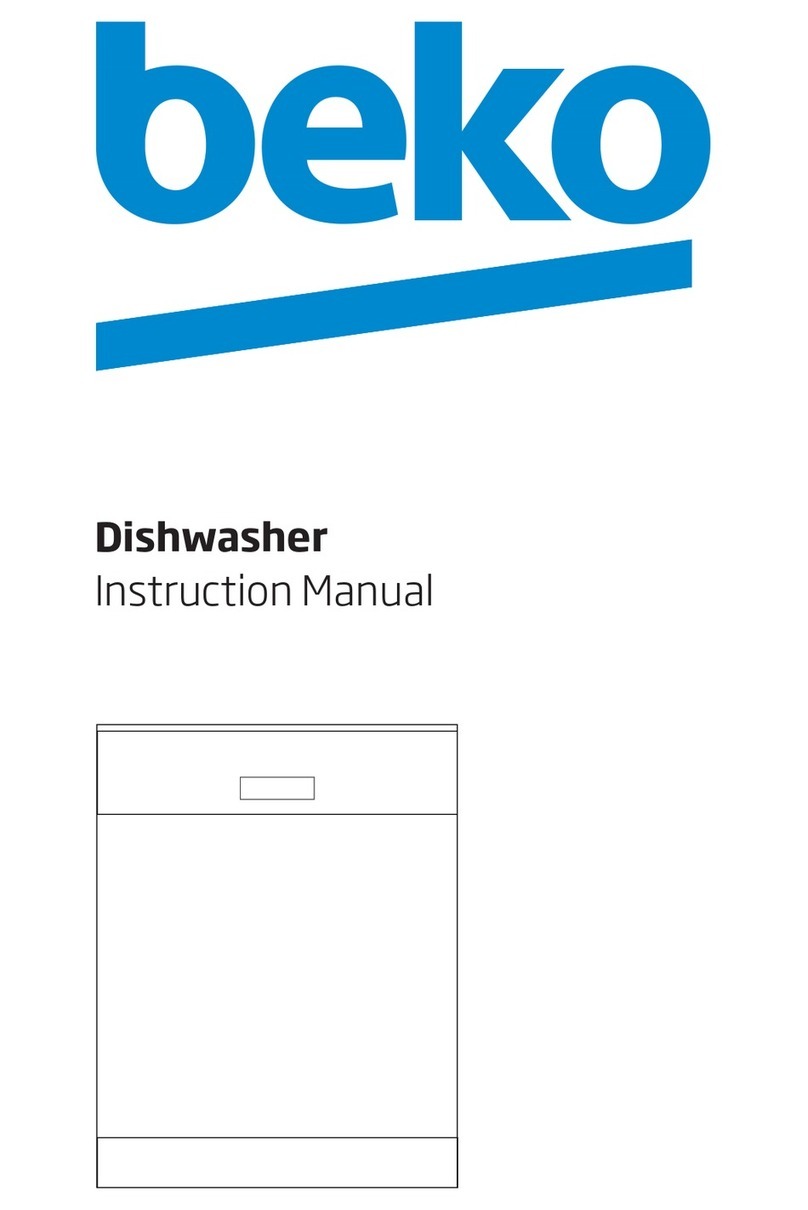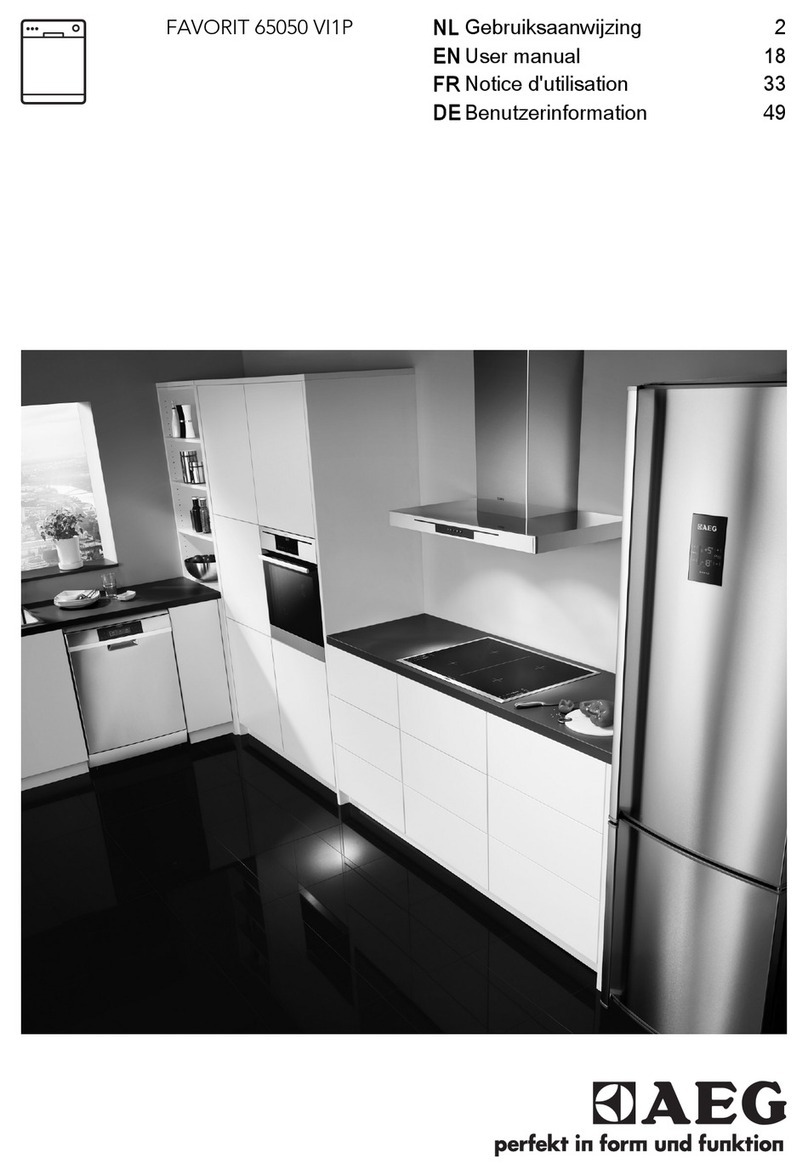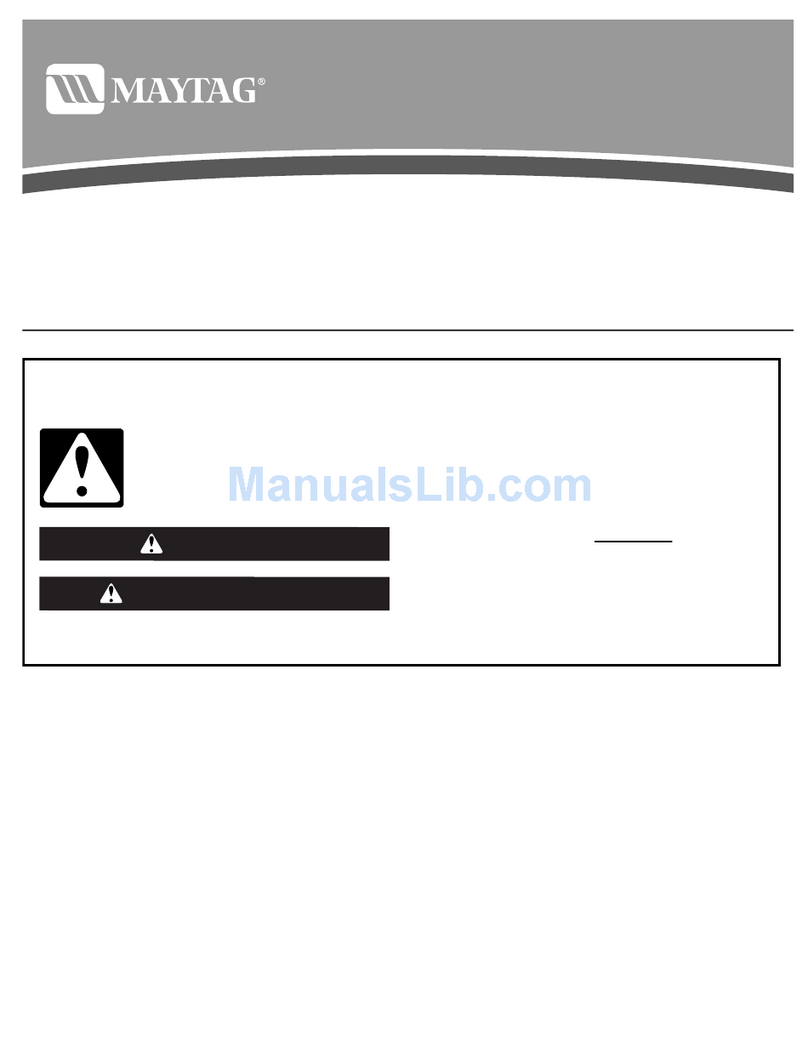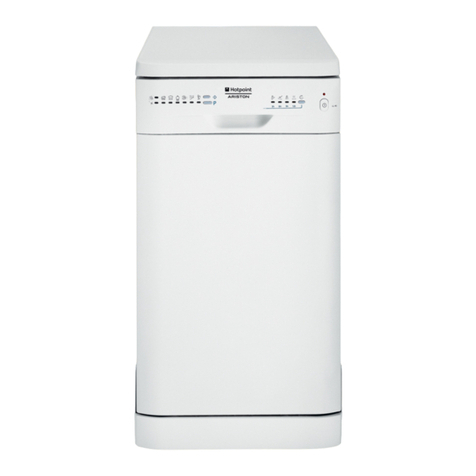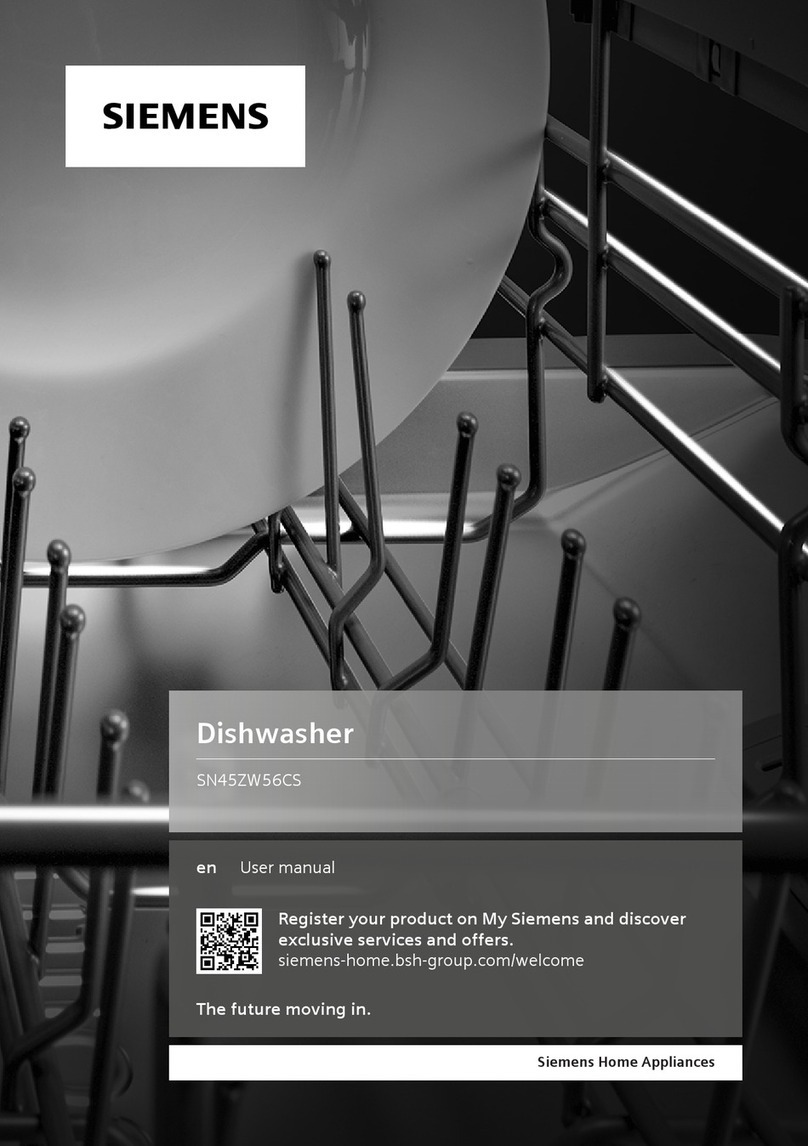
Contents
5
Water hardness ................................................................................................................. 94
Display: Temperature......................................................................................................... 94
Display: Brightness and contrast ...................................................................................... 95
Switch off after .................................................................................................................. 96
Ready for operation (standby) ....................................................................................... 96
Auto-Off function........................................................................................................... 96
Switching off after activating......................................................................................... 97
Factory default................................................................................................................... 98
Software version................................................................................................................ 98
Program settings ............................................................................................................. 99
Adjusting program settings ............................................................................................... 99
Program structure.............................................................................................................. 99
Program header............................................................................................................. 99
Program blocks ............................................................................................................. 100
Opening the menu............................................................................................................. 101
Resetting a program.......................................................................................................... 101
Altering a program ............................................................................................................ 102
Allocating wash blocks.................................................................................................. 102
Spray-arm monitoring ................................................................................................... 103
Measuring conductivity ................................................................................................. 105
Changing water quantity ............................................................................................... 108
Increasing drainage time ............................................................................................... 109
Setting the concentration .............................................................................................. 110
Setting the wash block temperature ............................................................................. 111
Drying unit ..................................................................................................................... 113
Process documentation.................................................................................................. 117
Outputting batch protocols retrospectively....................................................................... 120
External software........................................................................................................... 120
Protocol printer.............................................................................................................. 120
Maintenance measures................................................................................................... 121
Maintenance...................................................................................................................... 121
Routine checks.................................................................................................................. 122
Cleaning the filters in the wash cabinet ............................................................................ 122
Checking and cleaning the spray arms ............................................................................. 124
Cleaning the machine........................................................................................................ 126
Cleaning the control panel ............................................................................................ 126
Cleaning the door and the door seal............................................................................. 126
Cleaning the wash cabinet ............................................................................................ 126
Cleaning the door front ................................................................................................. 126
Preventing resoiling ....................................................................................................... 126
Checking mobile units, baskets, modules and inserts...................................................... 127
Changing the HEPA filter................................................................................................... 128
Performance check ........................................................................................................... 130
Frequently asked questions ........................................................................................... 133
Technical faults and messages ......................................................................................... 133
Dispensing/dispensing systems........................................................................................ 134
Insufficient salt/water softener .......................................................................................... 135
Cancel with fault code....................................................................................................... 136
Process-related faults and messages ............................................................................... 140
